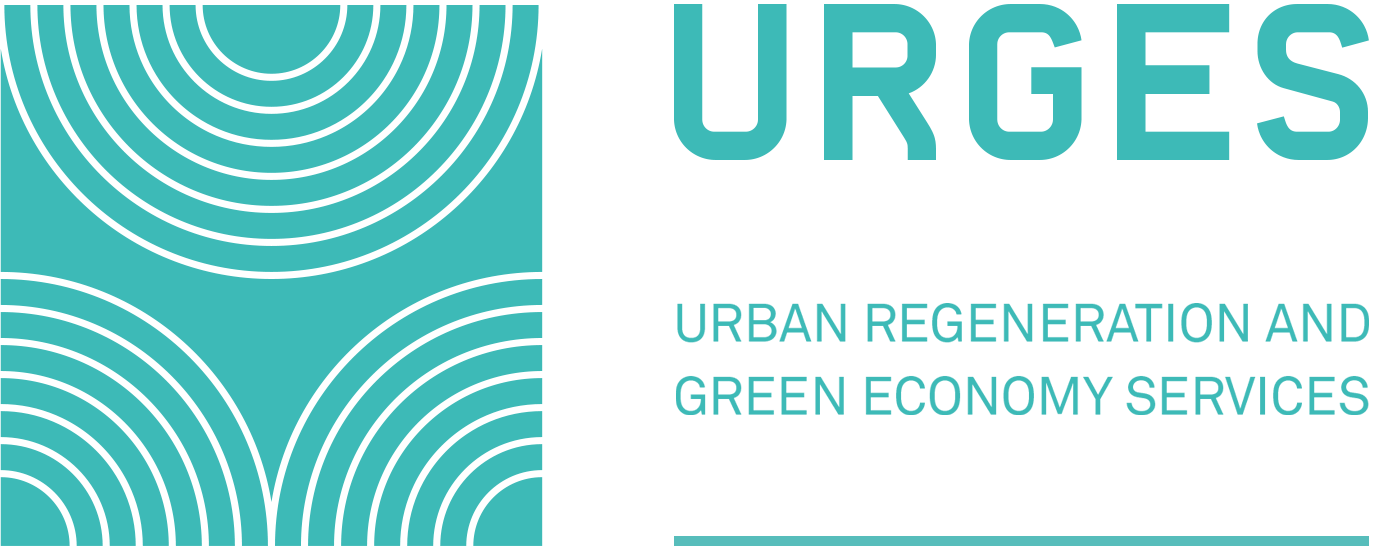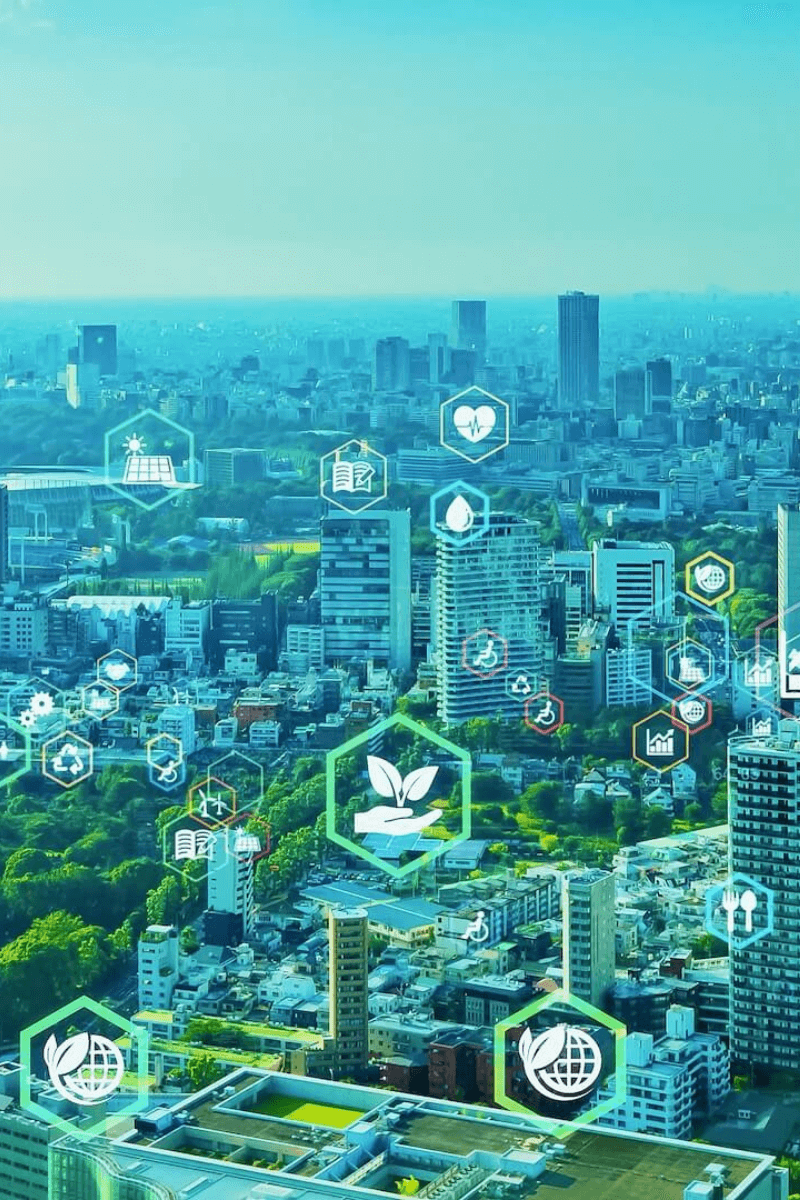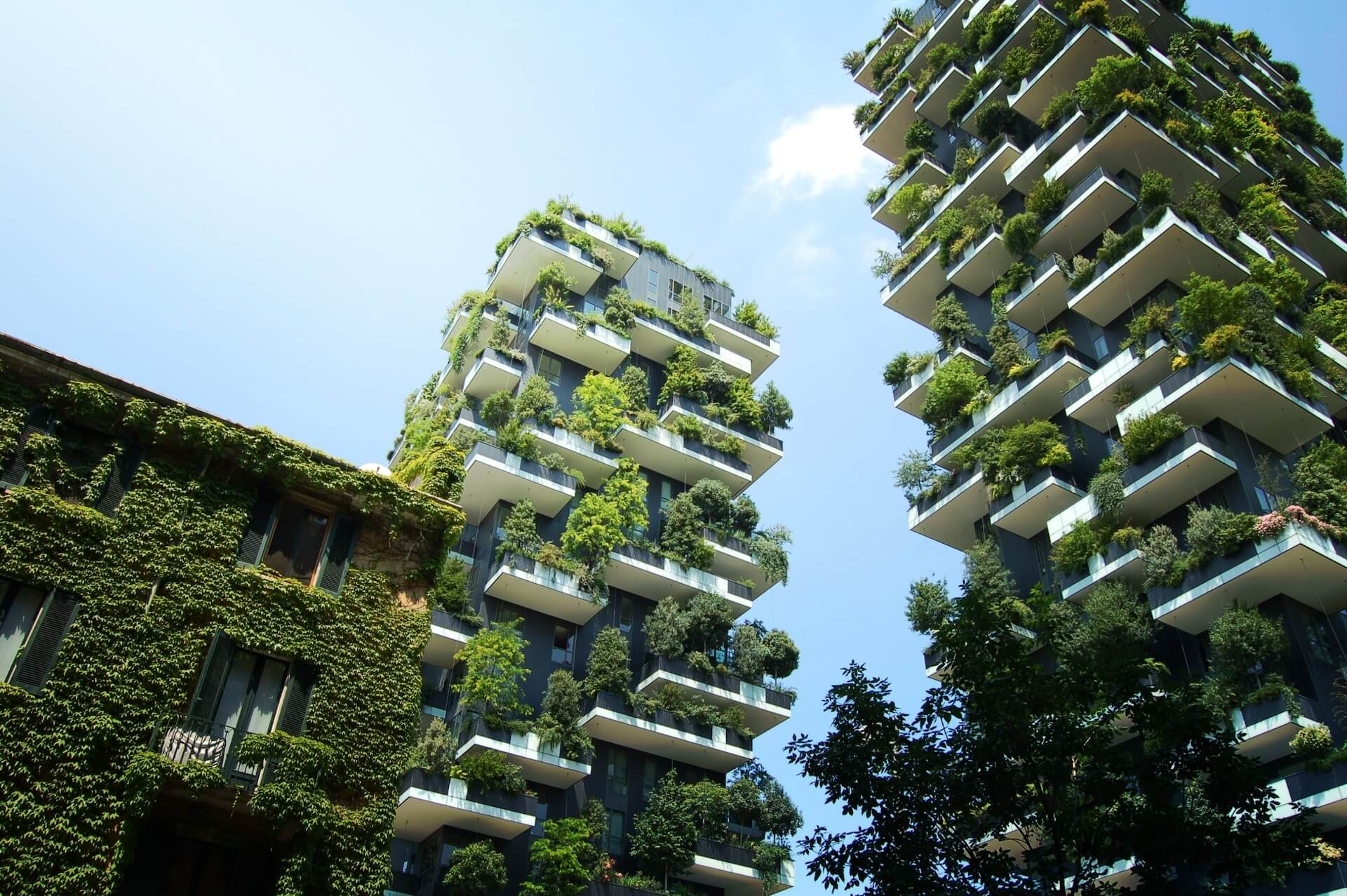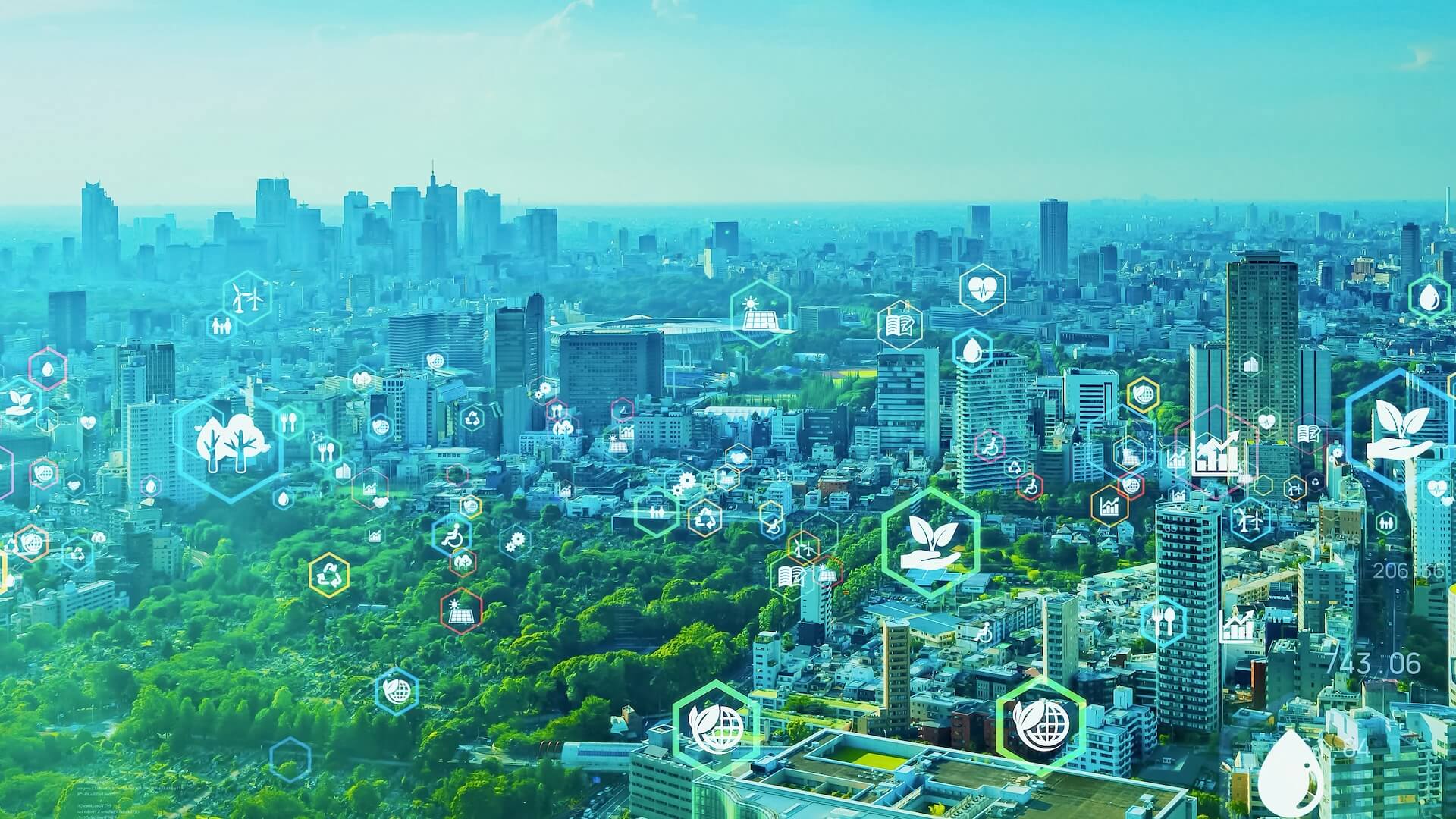Urban regeneration
Urban regeneration is a planned process aimed at revitalizing disused building complexes and degraded areas within cities and villages, with the goal of enhancing the quality of life for residents.
When urban regeneration is strictly focused on eco-sustainability, it becomes urban redevelopment, which aims to minimize territorial consumption while respecting and enhancing the social and environmental context of the area.
Urban regeneration: principles and types of intervention
Urban redevelopment becomes urban regeneration when it follows well-defined principles and types of intervention.
What is urban regeneration?
Sustainability: Using innovative technologies and environmentally friendly materials to improve energy efficiency, reduce environmental impact, and promote the adoption of renewable energy sources.
Economic development: Urban regeneration initiatives can create new job opportunities and stimulate local economic growth, fostering a virtuous cycle of prosperity and well-being.
Social cohesion: Establishing spaces for community engagement and facilitating inclusive activities to encourage citizen participation and strengthen community ties.
Heritage enhancement: Restoring and showcasing historical and cultural assets to strengthen a place’s identity and tourist appeal.
What are the interventions in urban regeneration?
Eco-sustainable design: Designing new urban areas according to principles of environmental and social sustainability, promoting green mobility and the use of eco-friendly materials.
Building renovation: Upgrading existing buildings for energy efficiency, seismic safety, and functionality to improve the overall safety and sustainability of the building stock.
Redevelopment of disused areas: Transforming abandoned spaces into new community assets such as parks, services, or green areas to improve the urban environment.
Redesigning public and private spaces: Improving green spaces, building cycle paths, and installing modern street furniture to create a more liveable and accessible city.
Smart city initiatives: Implementing innovative technologies for efficient city management, such as smart lighting and environmental monitoring sensors, to enhance service quality and reduce costs.
Urban regeneration according to urges
Urges, with its holistic and multidisciplinary approach,
structures its urban regeneration interventions as follows:
1. Evaluation and analysis
Analysis of the urban context: Study of the environmental, social and economic characteristics of the area.
Identification of intervention areas: Identification of priority areas for urban regeneration.
Definition of objectives: Involvement of stakeholders to define the objectives and priorities for intervention.
2. Design
Sustainable design: Development of projects that integrate principles of environmental, social and economic sustainability.
Energy efficiency: Implementation of solutions for the reduction of energy consumption and the use of renewable sources.
Environmentally friendly materials: Choice of environmentally friendly and recyclable materials.
Accessibility and inclusion: Design spaces accessible to all, regardless of their abilities.
3. Engineering
Civil Engineering: Building sustainable and resilient infrastructure.
Plant engineering: Implementation of efficient plants with low environmental impact.
Computer engineering: Development of intelligent systems for city management.
4. Management and maintenance
Ordinary and extraordinary maintenance: Interventions for the care and conservation of the regenerated urban heritage.
Monitoring and evaluation: Monitoring the effectiveness of interventions and adapting them over time.
In addition to these macro areas of intervention, Urges can also offer services of:
Training and awareness-raising: Promoting sustainability culture among citizens and stakeholders.
Research and innovation: Developing new technologies and solutions for urban regeneration.
Financing and partnership: Supporting in fundraising and facilitating public-private partnerships.
Through the contact section you can get information on how to approach a project and, of course, make an appointment with us.



